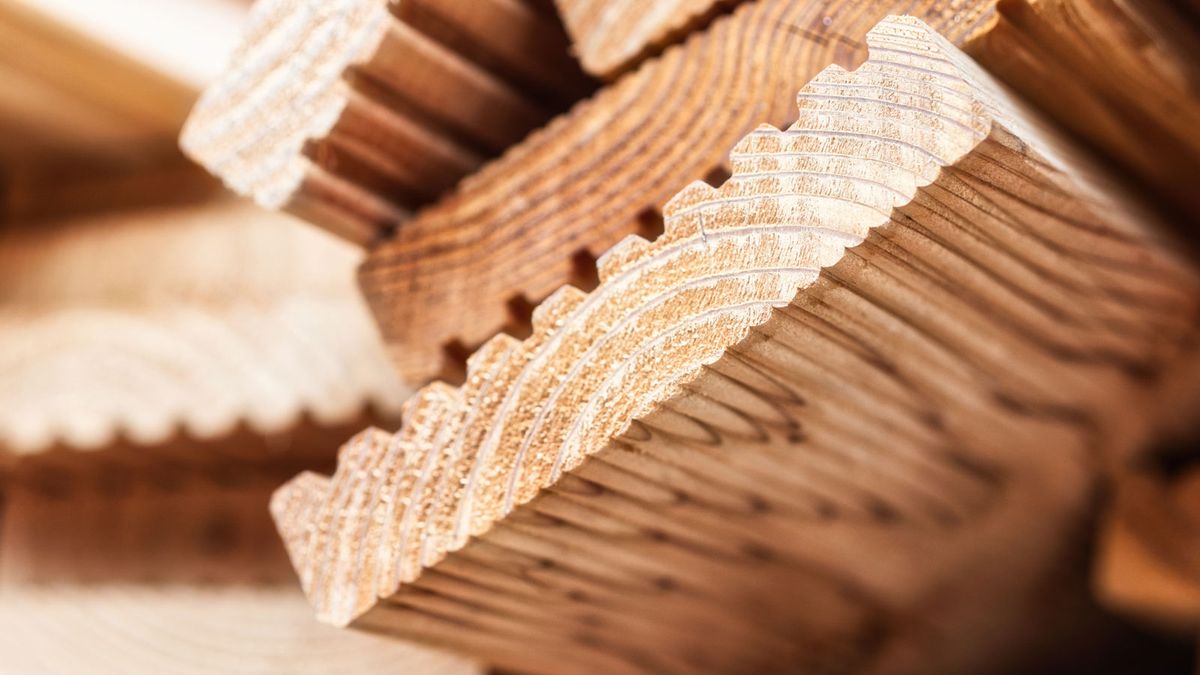
"Decking boards have grooves for slip resistance, providing better traction and reducing the risk of slipping, especially when the surface is wet."
"Traditionally, decking is designed with the grooves facing downwards to help prevent warping and increase airflow beneath the boards."
"Grooves also improve airflow to the decking's underside, preventing moisture build-up and contributing to the longevity of the board."
"The decision on which way to lay the boards may also depend on the climate and specific garden decking ideas."
The article discusses the dilemma of whether to lay decking boards with grooves facing up or down. It highlights that the orientation largely depends on the characteristics of the boards, as they vary widely. Key reasons for grooves include providing slip resistance and enhancing airflow to prevent moisture build-up. Experts suggest that typically, boards should be placed with grooves facing down to avoid warping and improve ventilation. Ultimately, choices may vary based on individual gardening aesthetics and local climate considerations.
Read at Homebuilding & Renovating
Unable to calculate read time
Collection
[
|
...
]